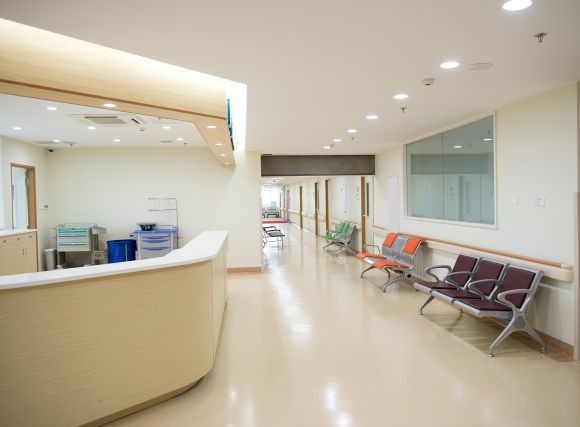Healthcare real estate is typically an expensive – and long-term – investment. Given the importance of the decision, it’s wise to invest the appropriate time and resources into vetting each potential site.
But even the best healthcare organizations are prone to mistakes in their site selection processes. Before you make your next healthcare real estate investment, consider these common pitfalls so you can take steps to avoid them.
Pitfall #1: Relying Solely on Demographics When Evaluating a Site’s Potential
Demographic information may be readily available, but it doesn’t provide a complete view of trade area dynamics and can even skew your view of a site’s potential. It’s important to consider additional characteristics of the consumers in a trade area – such the estimated breakdown of insurance coverage, lifestyle characteristics, and estimated demand for your service lines.
Pitfall #2: Not Thoroughly Vetting Existing Properties
Purchasing or leasing an existing medical office building saves a substantial amount of time and investment in construction costs, but is not without risks. As pointed out in a column published by GlobeSt.com, many medical office spaces available for lease are outdated due to long lease terms and may require investment to bring them up to current code standards.
Pitfall #3: Overlooking the Effects of Competition
Today’s healthcare industry is increasingly consumer driven, which has given rise to new types of healthcare service providers. It’s important to understand the locations of both traditional competitors and new, non-traditional competitors in relation to concentrations of your best potential customers around a proposed site. Healthcare site selection models can account for this by factoring in the effect that competitors are likely to have on your new facility’s performance.
Pitfall #4: Approaching the Wrong City Leaders for Approvals
Construction of new healthcare facilities typically requires planning approval from local government authorities, but going straight to the mayor or city council is a mistake, explains Becker’s Hospital Review. Instead, contact the city’s planning office for guidance on requirements and to begin establishing a relationship early in the process. They can also provide insights on any economic development incentives that may be available.
Pitfall #5: Growing Outside Your Comfort Zone Without Insights
The dynamics of local healthcare real estate markets can vary greatly and are influenced by differences in region and even by population density. Providers expanding into new markets need to arm themselves with research on each new market and the optimal sites within that market to make the right healthcare real estate investments.
If your team needs guidance in the healthcare site selection process, Buxton has the healthcare site selection analytics and tools to help. Check out our Healthcare Platform to learn more.


